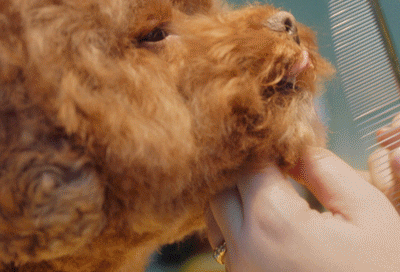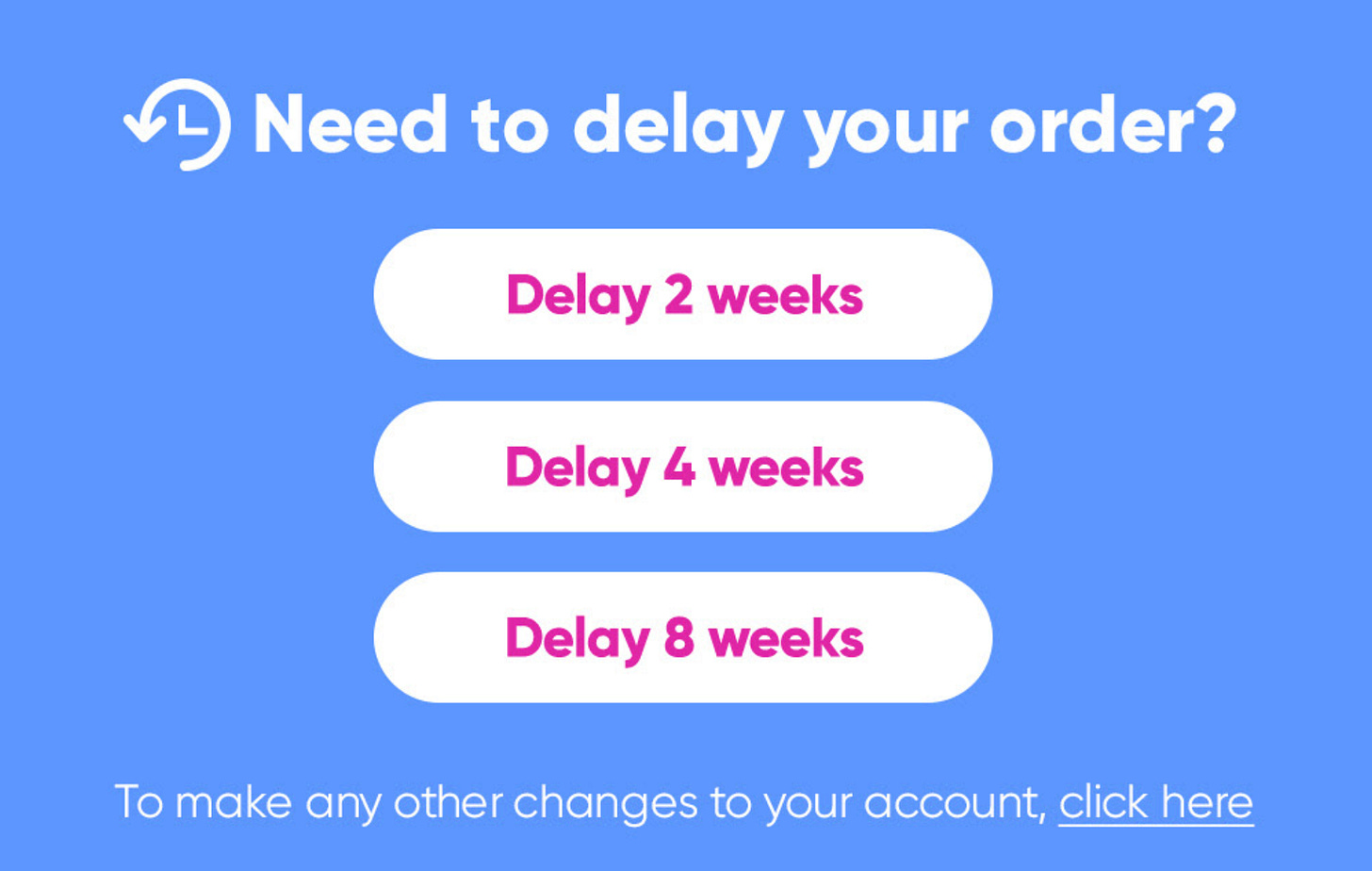Mehdeeka covers B2B, SaaS, and startup/tech marketing. Check out the previous issue; an interview with the CMO of Hay, Alex Lloyd. Help me grow Mehdeeka by sharing it with a friend or colleague!
If there’s anyone that is in the know about fintech, it’s FinTech Australia. FinTech Australia is an advocacy body that builds community in the fintech industry and engages with policymakers to create an environment that allows for fintechs to innovate, grow, and survive.
Rehan D’Almeida is the Head of Strategic Partnerships and Marketing, and this week’s Mehdeeka guest!
Disclaimer: I know Klarna is not Australian but they have a giphy account and this dog is a vibe.
Kayla: You said your marketing strategy is largely organic, can you tell me why organic works well for the sector you're in and how you take advantage of that?
Rehan: It’s almost a chicken and egg problem. Our influence comes from a strong membership base and our membership grows through our credibility. As a non-profit industry association that is also a startup with limited resources, organic is both; the only option and the preferred way we build our community.
So, what’s our approach? Lots of engagement! We use every platform possible to connect with our audience to not just promote the work we do but also promote their success and the industry’s.
As one example, we organise high impact initiatives such as roundtables between regulators, government, and our members. We then promote these discussions and our submissions to government and regulators through socials and our email newsletters.
Of course, we avoid spamming our audience with too much information and prefer to showcase our work that promotes the growth of the industry.
Another interesting example was an initiative we started last year just when the pandemic hit and we were unsure about the long-term sustainability of the organisation. We decided to become more proactive in promoting our members by an initiative called Five FinTechs on Friday – to highlight the innovative solutions of five of our fintech members every Friday. This was promoted to all our channels and reached an audience of more than 20,000 people. This was a huge success as fintechs were excited to be profiled and promoted. This single initiative itself generated a lot more leads for new corporate partners and members that we in fact grew in 2020.
K: What tools do you use day-to-day for organic? What about email?
R: We use Wordpress for our website with Memberpress to manage memberships, Xero for accounting, Stripe for payments, Mailchimp as our comprehensive email marketing platform, Gsuite for email, drive, docs etc. and we built an online forum using discourse for member exclusive access to policy working groups, updates, discussions, events and opportunities. My favourite tool to tie it all together was Zapier that ensures all of it could be automated.
K: What do you think is unique about marketing within the non-profit sector? How does that impact your work?
R: It’s a very unique place to be. While we do not have direct shareholders to report to, we are answerable to our members, corporate partners and government agencies who fund us. We can only achieve our goal of making Australia a leader in fintech innovation by continuing to build our influence and attract more fintechs to be represented as a single voice for the industry.
Which is why it’s not just marketing but also partnerships that play a huge part. We partner with international associations, event organisers, accelerators, and anyone that can add significant value to the industry.
Hence marketing for us at Fintech Australia, is not limited to promoting our work, our events and our organisation but also promoting the work from our partners and government, and discussing the evolving industry both from a local as well as international standpoint.
K: Does the overlay with fintech, a highly regulated industry, build any barriers?
R: It matters more for our members than for us as the industry association. We work closely with our fintech members to help them navigate through regulation and support them when not just marketing their products but also through all the other challenges and barriers that regulation brings to innovation. We do however strongly support the regulators and understand what is put in place to protect the consumer.
K: How do you see the intersection between marketing and partnerships? What would you say is the split between the two in your role?
R: For my particular role, the roles complement each other. The combined role gives me a better understanding of the requirements from all our stakeholders to build the right partnerships. Partnerships is almost a subset of marketing, in this case.
Marketing itself can be a very broad role. But as a startup ourselves, the focus is to ensure we work towards not perfection but creating the maximum value from our limited time and resources. It’s the basic Pareto principle, which states that roughly 80% of outcomes come from 20% of the effort (rephrasing). The focus is on the initial 80% outcome for most times but not always.
Since marketing and partnerships are very much integrated, I may not be able to give a clear split between the two. While on certain days partnerships could possibly need my 100% attention, marketing cannot be ignored.
My theme for this year is to be more selfish (read more about it here) and this week I wanted to show how I’m being more selfish in my personal life… I finally told my partner I don’t like carrots in stir frys. I’m an adult and I don’t have to force myself to eat them.
Instead of asking for a Buy Me A Coffee this week, I’m asking you to do something selfish for yourself, even if that’s never eating another slice of carrot again.
Interesting things on the internet
You know when you find a really cool Instagram account, go to follow it, and then find out you’re already following them? That happened to me with photography magazine, Aperture Foundation.
This love letter to a very specific American apple juice was 1. incredibly well written and 2. has made me really want to hunt down and try this apple juice! And while we’re on the apple band wagon, Logan Brae Orchards (near the Blue Mountains, only open on weekends and I would recommend for a day trip!) is very nice and sells apple paraphernalia, including but not limited to very good apple juice.
I recently subscribed the the Thing Testing newsletter and this blog about why people unsubscribe from subscription products is extremely interesting. It is ecomm focused, but the point about it being a fixed amount at a fixed time reminded me of Who Gives A Crap (which I subscribe to). Their delivery reminder option, which is sent 3 days before your next package, has an option to delay right in the email and it’s extremely handy!
On a whim I reached out to Tim Baxter, Senior Growth Marketing Manager of Who Gives A Crap, about when and why they have this function. He said, “We've always had this option. From the early days, we learnt that subscribing customers restock at different times, flexibility is preferred.”
And now for some visual inspiration, a luxurious but very earthy cafe interior, and a live 3D map of Tokyo’s subway system which really makes me want to travel.






